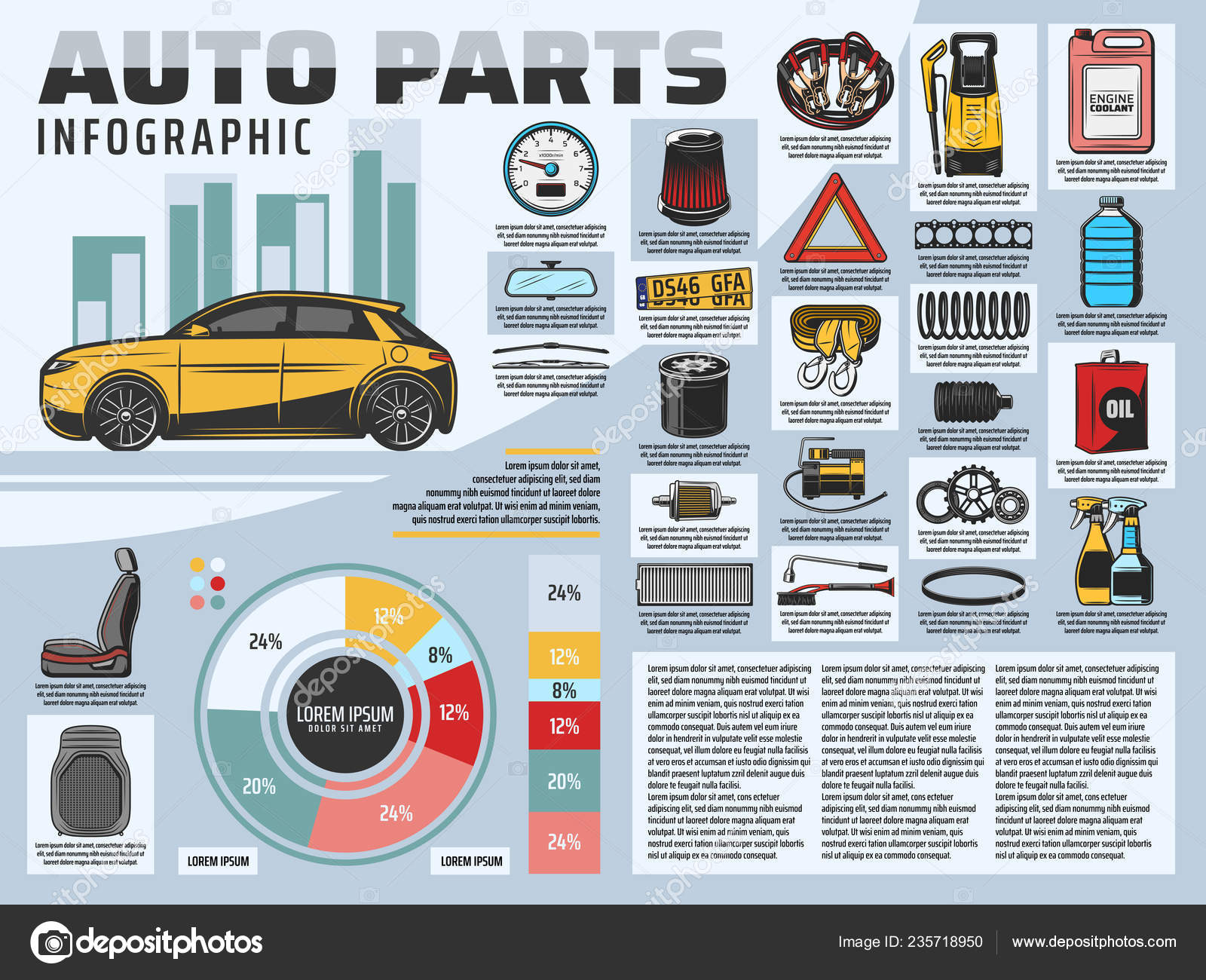Understanding The Meaning Behind Your Vehicle'S Warning Lighting: A Thorough Look
Understanding The Meaning Behind Your Vehicle'S Warning Lighting: A Thorough Look
Blog Article
Material Author-Samuelsen Gilbert
When you lag the wheel, those beautiful caution lights on your control panel can be a little bit puzzling. Do you understand what they're trying to inform you about your car's health? Comprehending the value of these lights is important for your safety and security and the long life of your vehicle. So, the following time one of those lights appears, would not you want to analyze its message precisely and take the required actions to address it?
Common Caution Lighting and Interpretations
Determine typical caution lights in your car and understand their significances to make sure risk-free driving.
One of the most regular warning lights consist of the check engine light, which signals issues with the engine or emissions system. If this light comes on, it's essential to have your vehicle inspected without delay.
The oil stress advising light indicates reduced oil pressure, needing immediate focus to prevent engine damages.
A blinking battery light could suggest a damaged charging system, potentially leaving you stranded if not resolved.
The tire pressure monitoring system (TPMS) light notifies you to low tire pressure, impacting car security and fuel efficiency. Overlooking this might result in hazardous driving problems.
The abdominal muscle light suggests a trouble with the anti-lock braking system, jeopardizing your ability to stop swiftly in emergency situations.
Lastly, paint correction auckland warning light warns of engine overheating, which can lead to serious damage otherwise solved swiftly.
Comprehending these typical caution lights will aid you resolve concerns quickly and preserve risk-free driving problems.
Relevance of Prompt Interest
Understanding the usual warning lights in your auto is only the first step; the relevance of without delay resolving these warnings can't be emphasized enough to ensure your safety and security on the road.
When a caution light brightens on your control panel, it's your automobile's way of connecting a potential issue that requires attention. Disregarding these cautions can result in a lot more severe troubles later on, compromising your security and possibly costing you a lot more in repairs.
Motivate interest to warning lights can prevent malfunctions and accidents. For instance, a blinking check engine light can suggest a misfire that, if left unattended, might create damages to the catalytic converter. Addressing this quickly can conserve you from a pricey repair work.
In a similar way, a brake system warning light might signal reduced brake liquid or worn brake pads, vital components for your safety when driving.
Do It Yourself Troubleshooting Tips
If you notice a warning light on your dashboard, there are a few DIY repairing ideas you can try prior to seeking expert help.
The primary step is to consult your car's handbook to recognize what the certain caution light indicates. Often the problem can be as easy as a loosened gas cap triggering the check engine light. Tightening https://www.wired.com/story/fight-right-repair-cars-turns-ugly/ might fix the issue.
Another typical problem is a reduced battery, which can cause numerous warning lights. Checking the battery connections for deterioration and ensuring they're safe could deal with the problem.
If a warning light lingers, you can try resetting it by separating the cars and truck's battery for a few mins and afterwards reconnecting it. In addition, inspecting your lorry's fluid degrees, such as oil, coolant, and brake liquid, can help troubleshoot warning lights connected to these systems.
Conclusion
To conclude, comprehending your automobile's warning lights is essential for keeping your vehicle running efficiently and safely. By quickly addressing these informs and knowing what they mean, you can stay clear of costly repair work and possible failures.
Bear in mind to consult your vehicle's guidebook for particular details on each cautioning light and act as necessary to make sure a hassle-free driving experience.
Stay educated, stay safe on the road!
